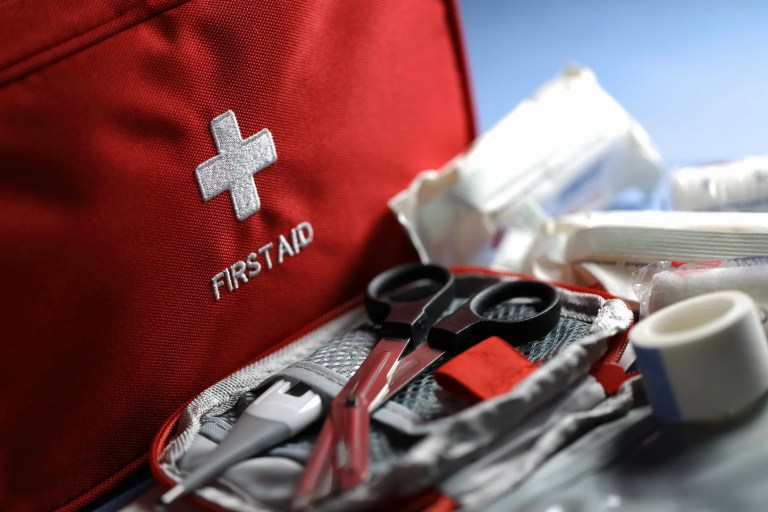ASTM D4035-22: Knitted Necktie And Scarf Fabrics

In ancient Egypt, many Pharaohs wore broad ties adorned with precious stones wrapped around their necks. This broad collar functioned as an indispensable ornament for the gods, royalty, and the elite. Archeologists have found what is believed to be a talisman known as the Knot of Isis (an amulet associated with the goddess Isis, the great magician and wife of Osiris) around the neck of a mummy. It resembles a knot used to secure the garments worn by Egyptian gods. Although today’s modern neckties are not believed to release magic, they still retain the classiness and elegance from Ancient Egyptians times as they are essential to wear at special occasions. ASTM D4035-22: Standard Performance Specification For Knitted Necktie And Scarf Fabrics provides specifications for knitted necktie and scarf fabrics.
Invention of the Necktie
The origin of the modern necktie can be traced back to the 17th century, during the 30 Years’ War (1618-1648), where Sweden and France joined forces against the Habsburg Empire. The French hired Croatian mercenaries who wore traditional knotted neckerchiefs around their necks as part of their uniform. The neckerchiefs held the top of their jackets together and were more practical than stiff collars. Toward the end of the war, Croatian soldiers were being presented to French King Louis XIV. During his inspection, the king noticed these neckerchiefs and took a strong liking to them. The boy-king began wearing these himself around 1846, at just seven years old.
King Louis XIV named the early neckties “La Cravate,” after the Croatians who invented the fashion piece, and it is still the French word for necktie today. The king made cravats, which were lace scarfs, a mandatory accessory at royal gatherings. With the king and other nobility wearing cravats, the new fashion trend rapidly caught on. Over time, rather than “La Cravate’s” practical purpose used by the Croatians, the neckwear became an indication of social status in Europe. No man would dare have his portrait painted without wearing some form of neckwear. It was worn by nobles who wanted to project power, wealth, elegance, and status.
The scarf became the most popular neckwear, though stocks, bandanas, and cravats were also worn. Beyond the evolution of cravat into different articles of clothing like scarves and bandanas, the tying of neckwear also became very important. A prominent pamphlet was published in 1818 called Neckclothitania, which detailed the most popular ways to tie neckwear and in which circumstances the different knots were appropriate.
What Is ASTM D4035?
ASTM D4035-22 covers knitted necktie and scarf fabrics composed of any textile fiber or mixture of textile fibers. The standard’s requirements apply to the length and width directions for those properties where fabric direction is pertinent. ASTM D4035-22 covers test methods for dimensional change, colorfastness, fabric appearance, and flammability for neckties and scarfs.
The Modern Necktie
Ties continued to evolve and change with fashion and social trends into the 19th century. The origin of the necktie as we know and wear it today can be traced to a tie maker from New York in the 1920s. Jesse Langford patented an entirely new way to make the tie. He would cut the fabric on an angle and sew it into three segments. This method is still used to this day. This was named “the Langford Necktie,” and the original design had ties that were much shorter than modern ones.
In the 1940s, the Art Deco Bold Look, reflecting the modernity and geometrical design of the machine, came into popularity. This style focused on relative simplicity, planarity, symmetry, and unvaried repetition of element. Some men in this era wore kipper ties as part of the “Bold Look.” In the 1960s, the Kipper tie came back into popularity with younger people who were tired of the skinny tie look. The kipper tie can be recognized by its short length and wide breadth (up to six inches at the bottom), and it often featured bold designs and colors.
ASTM D4035-22: Standard Performance Specification For Knitted Necktie And Scarf Fabrics is available on the ANSI Webstore.






